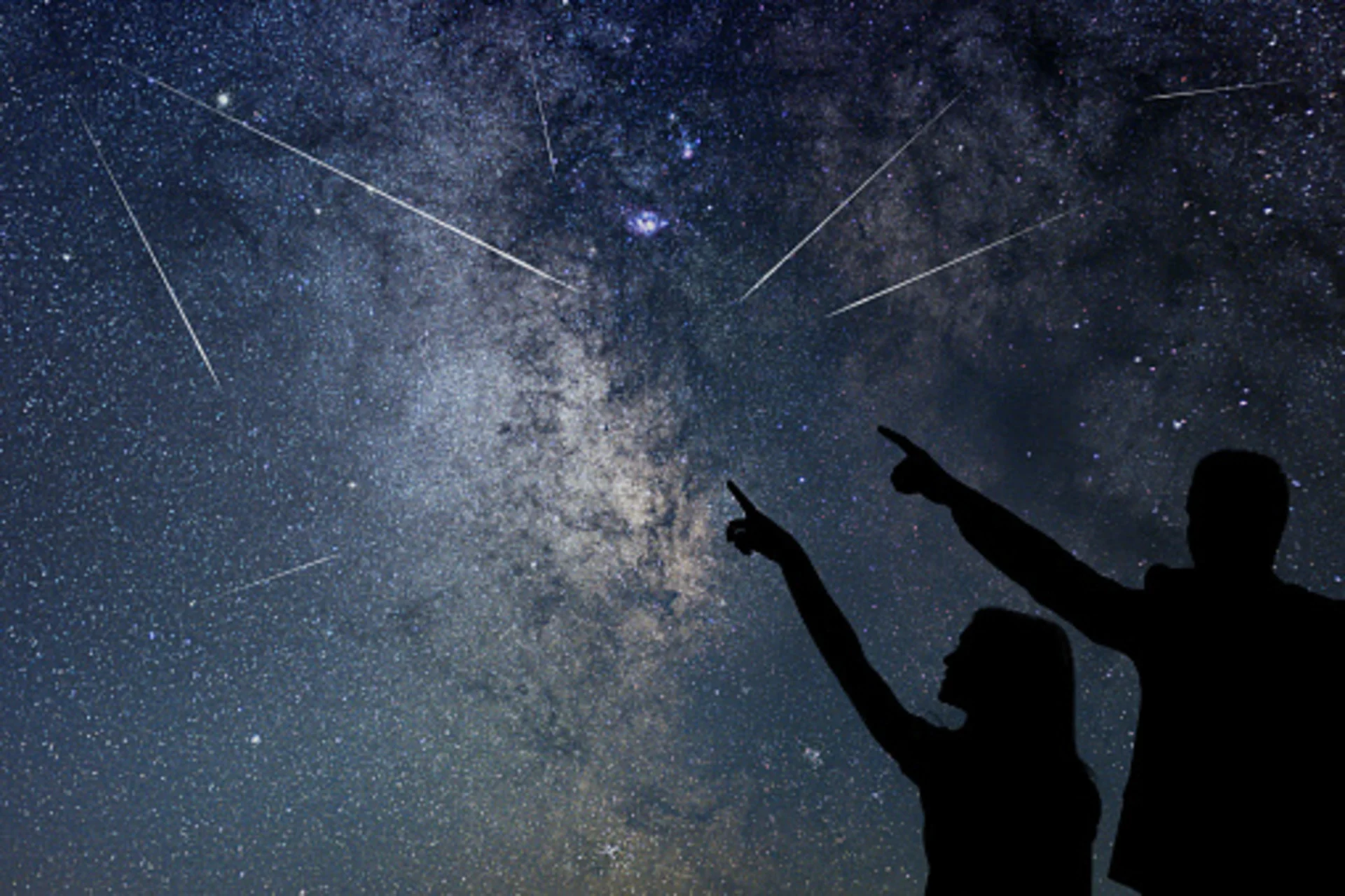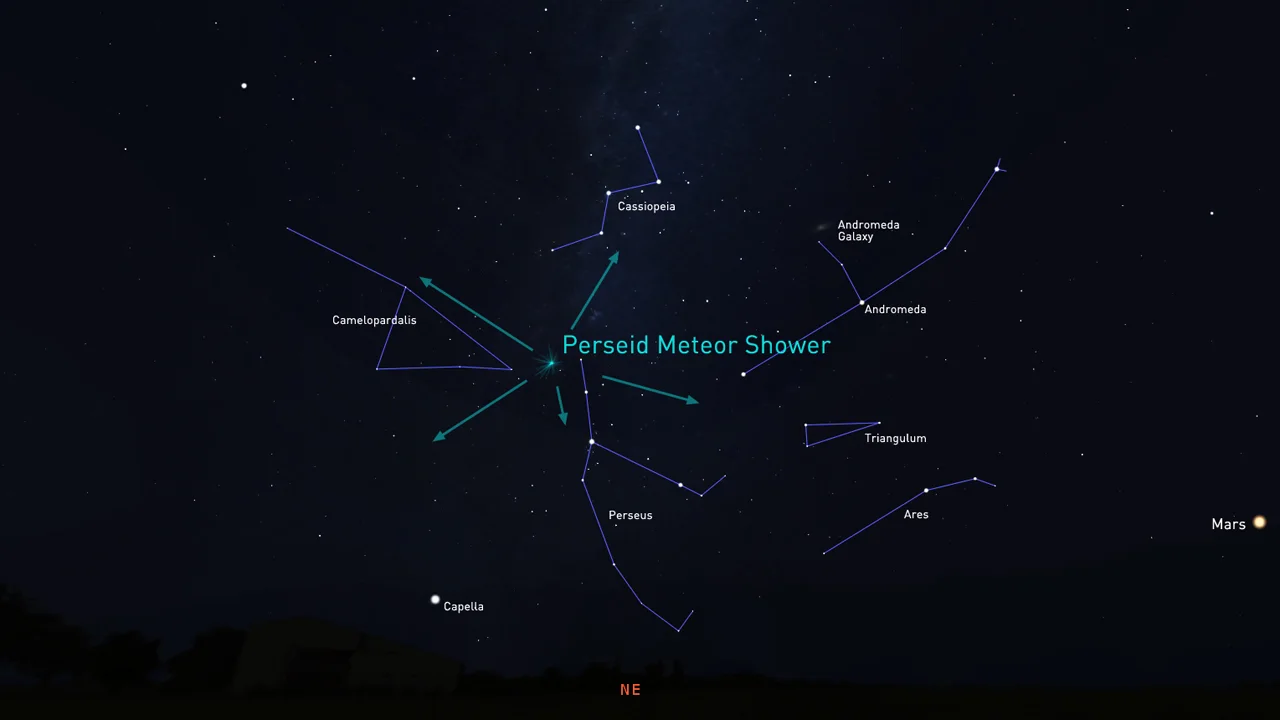
Perseid meteor shower promises a celestial extravaganza, here's when
If you have clear skies this week, be sure to look up: It's time for one of the best meteor showers of the year: the Perseids.
While you can see a meteor on any given night — with patience and dark skies — strong meteor showers provide a rare chance to see dozens an hour.
Almost each month we have what are considered major meteor showers, where sky-watchers can see anywhere from several meteors an hour under ideal conditions, to 100 or more.
RELATED: Blue Moon, lunar eclipse, fireballs—your summer stargazing guide is here
The Perseid meteor shower is considered one of the best, both because of the time of year — warm weather, less cloud-cover — and the fact that onlookers can see roughly 100 meteors an hour at its peak, but only under perfect, dark skies.
This year, the peak occurs on the night of Aug. 11-12.
We get these showers as Earth plows through material left over from comets or asteroids that orbit the sun. As we pass through these trails, the small particles of dust and rocks burn up through our atmosphere, producing beautiful, yet fleeting, streaks in the sky. In this case, comet 109/P Swift-Tuttle.

The location of the Perseids radiant in the northeast on the night of Aug. 11-12, 2024. (Credit: Stellarium/Scott Sutherland)
SEE ALSO: A 'new star' may be just weeks from appearing in the northern sky
Some years the moon interferes with all but the brightest meteors, but not this year. The moon will only be a quarter full and will set after 1 a.m. local time.
"The moon is good this year. That's a big help," said Peter Brown, Canada Research Chair in meteor astronomy and a professor at Western University in London, Ont.
"And there is some discussion that just after the peak, there might be some old trails that might drive up rates a little bit."
Brown said that could occur on the night of Aug. 12-13.
How and when to look
While the peak occurs on the weekend, you can still keep an eye out in the days ahead and after.
As with any nighttime celestial event, the best thing to do to get the most out of it, is to get to a dark-sky site. If you can't get out of the city, try going to a park or a location with low light pollution. And remember to have patience and to always keep looking up.
The Perseids are named — as with all but one meteor shower — for the location from which the meteors appear to be appearing from (imagine drawing a line from each meteor you see back towards where it started), called the radiant. And in this case, the constellation is Perseus, which rises in the east around 10 p.m. local time.
But you don't have to necessarily look in that location, as the meteors will appear all around the sky.
Fortunately, the Perseids tend to be quite bright and often produce fireballs, which is yet another reason the shower is considered one of the best of the year.
An added bonus for stargazers this year, is that the sun has been quite active of late, creating beautiful displays of the northern lights, so there's a possibility viewers will get two shows for the price of one.
This article, written by Nicole Mortillaro, was originally written and published for CBC News on Aug. 7, 2024.
(Header image: Stock photo, courtesy of Allexxandar via Getty Images. Creative #: 826077456)









